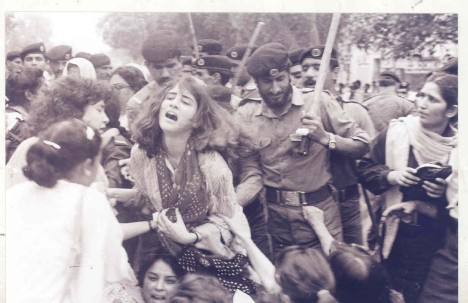
ANP’s Haroon Bilour, whose father was killed in the 2013 election campaign, was among those killed at an election rally in Peshawar on 10 July, 2018.
My comment contextualizing the politics of the upcoming Pakistan polls for India Today’s digital edition Daily O, shortly after a deadly suicide bombing at an election rally in Peshawar. The next day, there were two attacks at election rallies, one in Bannu which fortunately took no lives, and a bomb blast Mastung in which the death toll has risen to over 200.
Politics of the upcoming Pakistan polls
With a queered pitch and biased umpires, Pakistan’s struggle for democracy is far from over
Filed under: 'War on terror', democratic political process, Pakistan-India, Resistance, Violence in the name of religion | Tagged: deshatgardi wardi slogan, Elections 2018, Gen. Zia, good taliban bad taliban, Haroon Bilour, Hindutva, Mastung blast, MMA, Modi, nawaz sharif, Pakistan, Taliban | Leave a comment »


 Like many, I feel shattered and heartbroken by the brutal murder of the university student Mashal Khan. In this op-ed published in
Like many, I feel shattered and heartbroken by the brutal murder of the university student Mashal Khan. In this op-ed published in  My article on a journalist, activist, humanist, friend, eternal optimist and conflicted human being who left us forever recently. Illustrations by Feica.
My article on a journalist, activist, humanist, friend, eternal optimist and conflicted human being who left us forever recently. Illustrations by Feica. 




